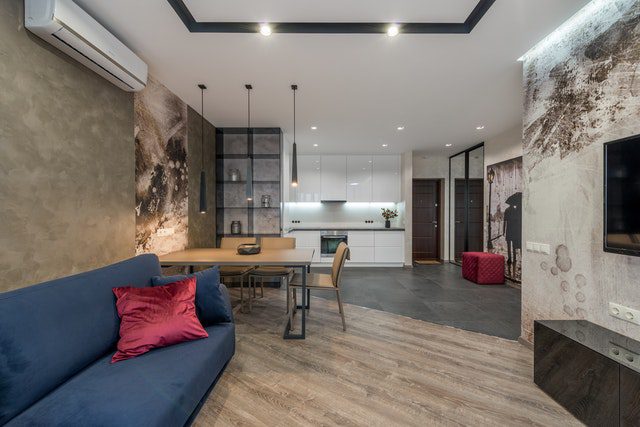How Cincinnati’s Humid Summers Impact Your AC, and What You can Do about It

Cincinnati’s hot and humid summers can strain your air conditioning system, affecting performance, efficiency and comfort.
Here’s how our local climate impacts your AC:
1. It has to work harder
- High humidity makes your AC work harder to cool and dehumidify your residence.
- Running longer leads to more wear and tear, potentially shortening the system’s life.
2. It has a bigger dehumidification job
AC units primarily cool the air, but they also remove moisture. If your unit is too large, it may not properly dehumidify, leading to a clammy feeling in the house. A variable-speed AC or a system with a built-in dehumidifier can help maintain indoor comfort.
3. You pay more for energy
- Running your AC more in the summer means more energy use and higher bills.
- Upgrading to a higher-SEER unit (16+) can cut your cooling costs.
4. You run the risk of mold and indoor air quality issues
High indoor humidity can lead to mold growth, musty odors and dust mites. It is best to keep your indoor humidity level below 50% with a properly-size AC system, a whole-house dehumidifier (if you need one) and regular filter changes to maintain air quality.
5. Maintenance is more important
- Cincinnati’s summers often bring storms and high pollen levels, which can clog AC coils and reduce efficiency.
- Regular cleaning of the outdoor unit and annual tune-ups help maintain AC performance.
Help your AC do its job
To keep your AC running efficiently and ensure optimal cooling, follow these maintenance tips:
Replace or clean your air filters regularly
Most homeowners have to replace their filters every 1-3 months, but if you have pets or allergies, you may need to replace more often. Dirty filters restrict airflow, forcing the AC to work harder and increasing energy bills.
Clean the outdoor condenser coils
Remove dirt, leaves and debris around the outdoor unit. Use a gentle hose spray (not high pressure) to clean the coils at least twice a year. Maintain at least two feet of clearance around the unit for proper airflow.
Check and clean the indoor evaporator coil
The evaporator coil can collect dust and mold over time, reducing efficiency. Use a soft brush or coil cleaner once a year to prevent buildup.
Keep vents and ducts clean
Ensure both the supply and return vents are open and not blocked by furniture, rugs, etc. Vacuum dust and debris from the vents regularly. Consider professional duct cleaning every 3-5 years if you notice dust building up, or a reduced airflow.
Check and unclog the condensate drain line
A clogged drain line can cause water leaks and humidity issues. Pour a mixture of white vinegar and water down the drain every few months to clear blockages.
Inspect and seal duct leaks
Leaky ducts waste cold air, making your AC work harder. Check for gaps and use foil tape or mastic sealant to seal small leaks.
Install a programmable or smart thermostat
Setting the temperature higher when you are away from home saves energy. You can set it to come back down shortly before you get back for comfort.
Make your home more energy efficiency
- Close blinds and curtains during the day to reduce heat gain in the summer.
- Use ceiling fans to circulate cool air.
- Seal windows and doors to prevent air leaks.
Have an air conditioning service come out in the spring
This step is critical. Your HVAC technician will check refrigerant levels, test electrical components, clean and recalibrate as needed, and ensure your system is performing properly.
If you join Jansen’s Maintenance Club, you won’t have to remember to call us for your annual AC tune-up—we’ll send you a reminder!
